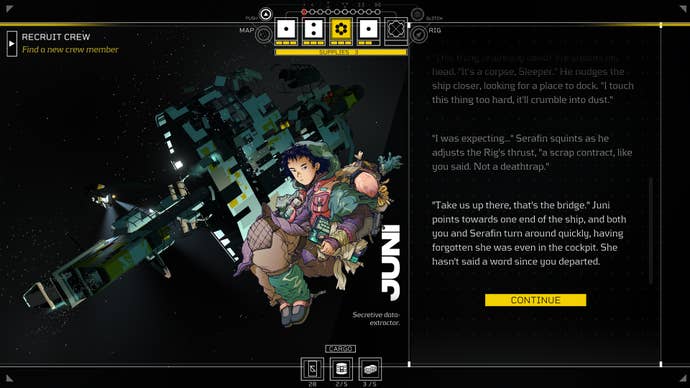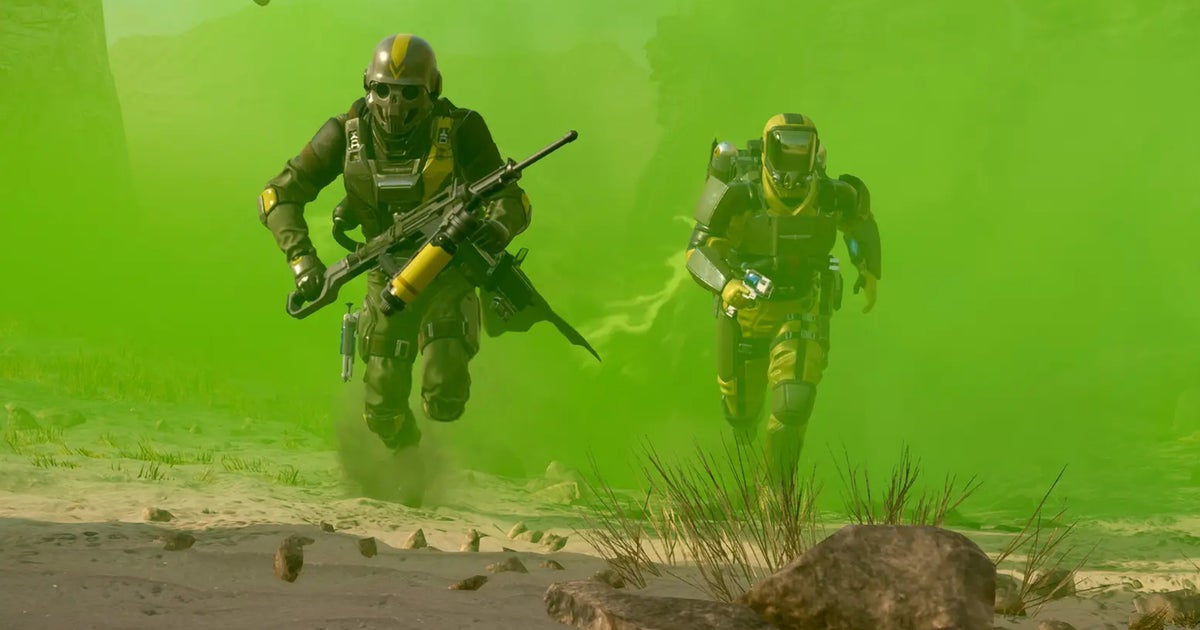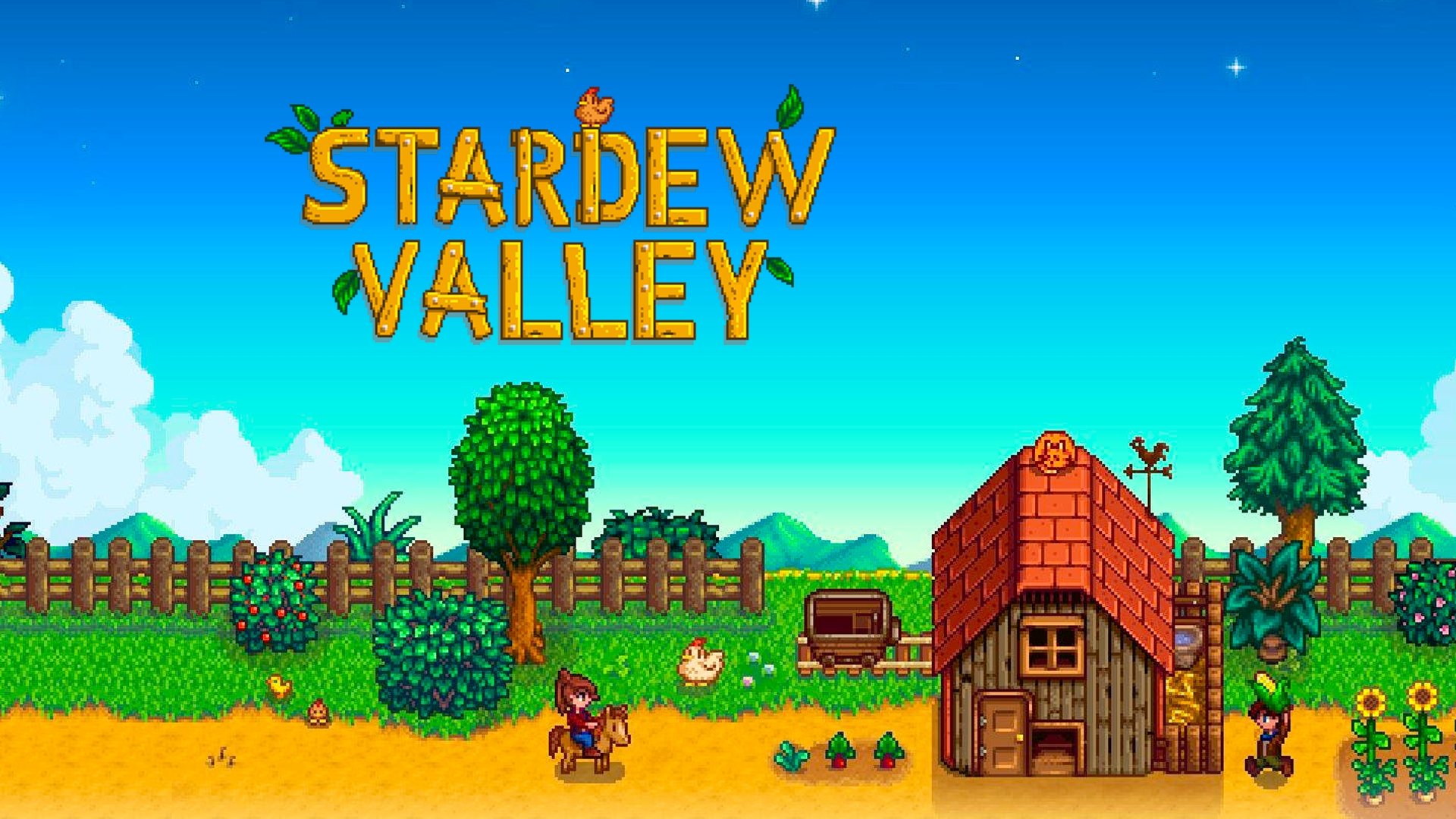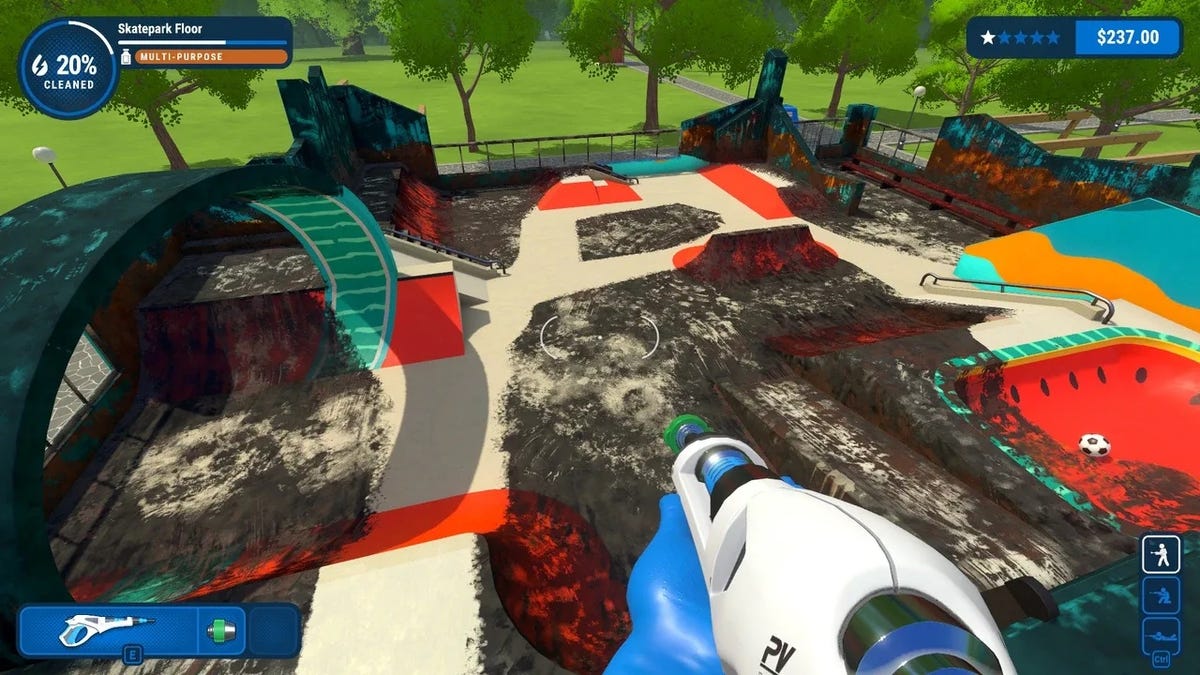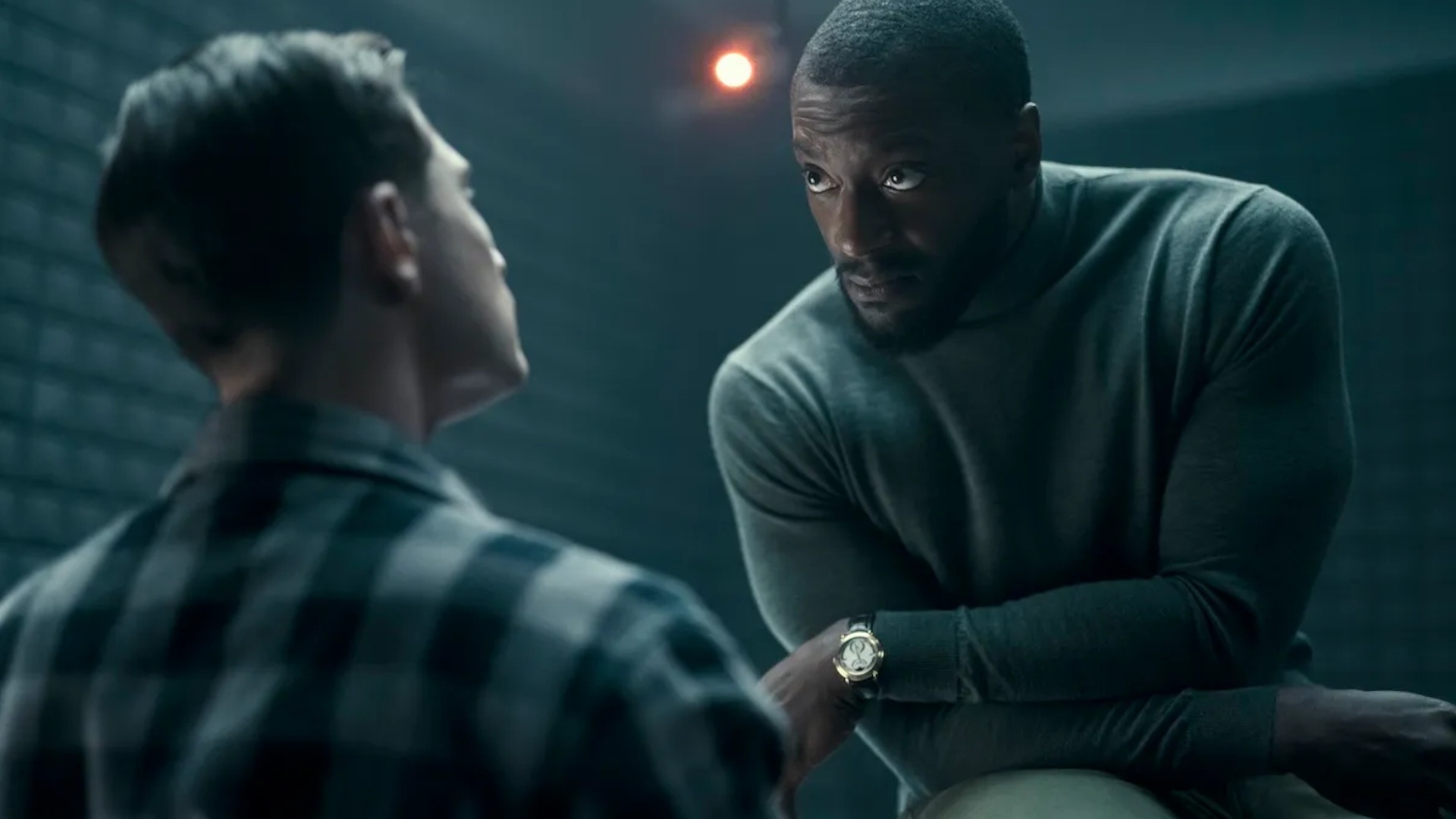In the world of Citizen Sleeper, time doesn’t stand still. This was a big theme of the first game, and it made you really aware of the amount of time you do (and sometimes don’t) have. Every decision needs to be carefully considered, as wasting time can cost you. But time spent wisely can also bring a lot of joy and comfort. With the upcoming sequel, Citizen Sleeper 2: Interstellar Vector, I had high hopes that these ideas would carry through, and having spent some time with the game during a recent hands-on preview, I’m happy to say that it certainly does. Albeit in new and sometimes surprising ways.
For those unfamiliar with the first game, Citizen Sleeper is a tabletop-style RPG set in a sci-fi world where you play as a robot known as a “Sleeper” whose consciousness has been copied from a real person, all in order to work for a corporation. You go about your days doing odd jobs, meeting new people, and building relationships, all while trying to keep your body from failing due to your reliance on something called “stabilizers.” Activities can be completed by rolling dice, with stats modifying your likelihood (or probability) of success, and if you don’t manage your health well enough, you may end up working with fewer dice.
Watch on YouTube
Starward Vector works similarly, again giving you six dice to use on each loop – but now you play as a different Sleeper, who’s also on the run from the company that made them, but also from the gang that wants to control them. You’ve successfully altered your robot body so you’re no longer dependent on “stabilizers”, but this comes with a consequence: amnesia. Like any decent RPG. Luckily, your friend Serafin is here to help you, just as you’re helping them.
While the first game placed you in a space station called “The Eye,” this game takes you to a region called the “Starward Belt,” where you travel to different space stations. You’ll find that being on the run doesn’t leave you with a lot of funds, so you’ll have to take on freelance jobs. Mechanically, this is where Starward Vector is very different from the first game, as the jobs you take require you to assemble a team.
First, one of the things I really like about this game is that it encourages you to think about how you want to play your lurker. The first potential crew member you meet is a shady young woman named Juni. She claims to have been sent by the guy who gave you your first job – but he doesn’t tell you, so it’s up to you to decide if you want to see what the consequences of having her on board are. To be clear, these are very difficult decisions.
The work itself is stressful. Just like in real life. Work can fail, and that obviously has consequences, but stress is at the heart of the game… just like in real life.
In Starward Vector, you do have a stress meter, and if it gets too high, it affects how your dice characters perform. To make matters worse, your crew members also have their own stress meters. The benefit of bringing certain people on board is that you have extra dice to perform various tasks, although they are also limited to certain skill types. If their own stress gets too high, they won’t be able to help you, and you’ll lose a crew member. And the atmosphere on your ship will become bad.
Skills have also been reworked a bit. In the first game, you could level up any skill to a useful level given enough time, although the starting level of a certain skill category might be lower depending on your chosen class. Now, each class type has a skill cannot It can’t be improved at all, which means that every time you try to do something that requires that skill, your dice roll will decrease by two points. This fits in nicely with building your team – do you want to hire people with skills you don’t have, or would you rather get to know a specific person first, even if it might cost you a contract?
Manage Cookie Settings
These changes to Citizen Sleeper’s systems do a really good job of pushing you to think about what choices you want to make, and why you’re making them. I often think it’s hard for role-playing games to encourage this kind of play, especially since there are some predetermined paths in video games, but lead developer Gareth Damian Martin’s writing is so strong that even early in the sequel you’re not clicking through dialogue options just to “win.” If only there was such a thing in a game like Citizen Sleeper that was possible.
There’s still a lot to discover in Starward Vector, and I’ve only scratched the surface of the story that awaits me, but if any of the adventurous microcosms promised in the previews are as good as the first game, then I’m in for one of the best cyberpunk experiences yet.
Citizen Sleeper 2: Starward Vector is scheduled to be released on PS5, Nintendo Switch, PC and Xbox in early 2025.


